Search engines are changing. People no longer always want a list of links; they want an immediate answer. That shift has given rise to a new discipline in search marketing called AEO, or Answer Engine Optimization. If you are a digital marketer, SEO professional, or business owner, understanding AEO in SEO is now essential for maintaining and growing visibility in an era of voice assistants and AI-driven search tools.
This guide explains what AEO means, how it differs from traditional SEO, why it matters today, and exactly how to optimize content so answer engines surface your brand. You will get practical tactics, measurement advice, and predictions about where AEO is headed.
Definition and Core Concept of AEO
Answer Engine Optimization is the practice of structuring and optimizing content so that search platforms can directly extract, synthesize, and present answers to user queries. Instead of only targeting keyword rankings, AEO focuses on being the single best source for a concise, factual answer that an AI or voice assistant can return to the user. This includes formats such as featured snippets, People Also Ask responses, AI Overviews, voice assistant replies, and other direct-answer features.
How does this differ from traditional SEO? Traditional SEO emphasizes ranking pages for queries, building backlinks, and optimizing titles and meta descriptions to earn clicks. AEO shifts the priority to immediate usefulness. Key differences include:
- Objective: traditional SEO aims to earn clicks, AEO aims to earn the answer placement.
- Format: AEO favors short, definitive answers and clearly structured Q&A units, along with longer supporting content.
- Signals: AEO depends more on structured data, passage-level clarity, and provenance signals that answer engines trust.
Because modern search increasingly surfaces direct answers rather than just result lists, AEO has become a critical complement to classic SEO tactics. Google’s push to surface synthesized answers means content that can be extracted and trusted will be favored in many contexts.
History and Evolution: From Keywords to Answers
Search engines began as keyword-matching systems. Over time, they evolved to understand meaning and intent through semantic algorithms, machine learning, and natural language processing. A few milestones in that transition:
- Early search prioritized exact keyword matches plus backlinks for ranking.
- The rise of semantic search and entity understanding meant pages could rank for topics, not just single keywords.
- Google introduced featured snippets and People Also Ask boxes to surface concise answers inline on SERPs.
- Recent advances in large language models and generative AI led platforms to synthesize multiple sources into AI Overviews and conversational answers.
These changes shifted optimization focus from purely keyword density and link-building to intent mapping, clear answer extraction, and trust signals. In short, the web moved from “where does this page rank” to “does this page contain the best answer.” Historical trends illustrate the search industry’s preference for user satisfaction and speed of information, which is the foundation of AEO.
Also Read: AI SEO Strategies for 2025
Why AEO Matters in Your SEO Strategy
AEO matters because it intersects with several current search behaviors and platform features:
- Voice search and assistants: People use short, conversational queries with voice assistants. AEO helps deliver succinct answers that these assistants can read back. Voice search optimization is therefore a natural extension of AEO. Current usage of voice search is significant and growing, making AEO relevant for multi-modal search optimization.
- Zero-click searches: A large and growing portion of searches end without a click, because search engines satisfy the query on the results page or in the AI response. Optimizing for answers increases visibility even when users do not click through. Studies show many searches now result in zero clicks, reinforcing the need to capture impressions and brand mentions in answer boxes.
- AI-driven summaries: Google’s AI Overviews and similar products can synthesize content from multiple sources. If your page is structured and authoritative, it is more likely to be cited in these AI summaries, boosting brand exposure.
Benefits of successful AEO include increased visibility in answer features, improved click-through rates for pages that provide compelling follow-up content, strengthened topical authority, and better performance in voice and assistant-driven experiences.
Also Read: Voice Search Optimization: 5 Strategies to Rank Higher in 2025
How AEO Works: What Search Engines Look For
Answer engines use a combination of signals to identify and rank answers. Key mechanisms include:
- Passage and snippet extraction: Engines can pull specific passage-level text that directly answers a query. Concise, explicit answers that sit near a question-like heading are prime candidates.
- Semantic matching and intent modeling: Modern engines aim to match not just words but intent. They consider contextual signals, related queries, and user behavior data to decide which answers satisfy the request.
- Structured data and schema: Markup such as FAQPage, QAPage, HowTo, and Product schema helps search systems identify the nature of content and its role as an answer. Proper schema does not guarantee inclusion but clarifies content structure for crawlers.
- Provenance and authority signals: Engines prefer sources that are trustworthy, current, and verifiable. Author credentials, citations, primary sources, and fresh timestamps all help.
- User interaction data: Which answers produce engagement, follow-up searches, and clicks informs future selection.
AEO optimization therefore combines content structuring, markup, authoritativeness, and concise copywriting.
AEO in SERP Features: Where Answer Optimization Helps
Answer optimization influences multiple SERP placements:
- Featured snippets: The boxed answer that appears above organic results, often as a paragraph, list, or table. Optimizing for a clear, short answer increases chances of capture.
- People Also Ask: The expandable set of related questions that surfaces follow-up queries. Structuring content as Q&A helps you appear here.
- Knowledge Panels and cards: For entities and well-known brands, structured facts and Wikipedia-like summaries can be surfaced.
- AI Overviews and conversational results: These synthesized, multi-source summaries increasingly appear for complex informational queries. You can be cited as a source within these overviews.
Also Read: What is Google’s “People Also Ask” and How Does It Work?
AEO Best Practices: A Practical Checklist
Optimizing for Answer Engine Optimization (AEO) requires a structured, step-by-step approach. Below is a comprehensive checklist you can follow to make your content answer-ready and maximize visibility across search engines, AI platforms, and voice assistants.
1. Research User Questions and Intent
Understanding exactly what users are asking is the foundation of AEO.
- Use tools like AnswerThePublic, Ahrefs, Semrush, and People Also Ask (PAA) to uncover real-world queries. Capture the exact phrasing—small wording differences can impact which answers are surfaced.
- Map each query to intent categories: definition, how-to, comparison, troubleshooting, pricing, or local intent. Understanding intent helps you structure answers for clarity and relevance.
2. Adopt an Answer-First Structure
Answer-first content increases the likelihood of being selected for featured snippets, voice responses, or AI summaries.
- Place a concise, direct answer immediately below the heading or at the top of the page. Aim for 20–60 words in the initial answer.
- Follow up with expanded content: examples, visuals, step-by-step instructions, or deeper context.
- Use question-style headings (H2/H3) that naturally incorporate target queries to align with user search patterns.
3. Use Structured Content and Formatting
How you format content impacts both user experience and machine readability.
- Use numbered lists, bullet points, short paragraphs, and tables to improve scanability and snippet eligibility.
- Break content into discrete Q&A blocks to make passage-level extraction easier for search engines and AI models.
4. Apply Schema Markup Correctly
Structured data helps machines interpret your content precisely.
- Use FAQPage schema for static Q&A content, HowTo schema for procedural guidance, and QAPage when user-submitted answers are allowed.
- Validate your markup with Google’s Rich Results Test and follow Google’s guidelines rigorously.
- Only mark up visible content to avoid penalties.
5. Demonstrate Authority and Provenance
Trust signals are critical for ranking in answer-focused search results.
- Include citations to primary sources, industry research, and government reports.
- Add author bylines, credentials, and publication dates for transparency.
- Incorporate data points and links to original studies where relevant, reinforcing credibility.
6. Optimize for Voice and Natural Language Queries
Voice search and conversational AI rely on natural phrasing.
- Use short, conversational answers suitable for read-aloud responses.
- Include common follow-up questions and clarify units, currencies, or regional examples.
- Mark key sentences with Speakable schema when applicable.
7. Provide Conversion Pathways
Even when your short answers are surfaced, you want to drive engagement.
- Include links to in-depth resources, tutorials, or product pages after the initial answer.
- Add clear calls-to-action to guide users toward meaningful engagement or conversions.
8. Measure Query-Level Performance
Tracking metrics allows you to optimize and prove AEO ROI.
- Use Google Search Console to monitor impressions, clicks, and average positions for question-based queries.
- Track PAA and featured snippet placements with rank-tracking tools.
- Analyze engagement metrics on pages optimized for answers, such as scroll depth and click-throughs.
9. Iterate Regularly
AEO is not static; search patterns, AI models, and user queries evolve.
- Audit and refresh answer blocks quarterly or when new relevant questions arise.
- Update answers with latest data, examples, and visuals.
- Expand your content by adding related questions to maintain topical authority.
Also Read: How do you optimize a Website for AEO?
Common Mistakes and How to Avoid Them
Over-using schema or marking hidden content
- Mistake: Marking content that is not visible or is misleading.
- Fix: Only mark what users can see. Validate markup and monitor Search Console for errors.
Answer-only content without depth
- Mistake: Writing only short snippets that satisfy the immediate answer but do not provide value.
- Fix: Use the two-layer approach, short direct answer plus expanded information, visuals, and CTAs.
Ignoring authority and citations
- Mistake: Publishing unsourced claims.
- Fix: Add references to primary sources and display author credentials.
Neglecting measurement
- Mistake: Not tracking which queries return your answers.
- Fix: Use GSC and third-party SERP trackers to measure query-level performance and iterate.
Treating AEO as a one-time project
- Mistake: Implementing AEO once and moving on.
- Fix: Revisit and refresh answer content regularly to reflect new data, product changes, and emerging user phrasing.
The Future of AEO: Trends to Watch
- AI Overviews and generative summaries will become more prominent: Platforms that synthesize multiple sources will increasingly cite the most authoritative and well-structured pages. Prepare by making your content easily extractable and credibly sourced.
- Voice and multimodal search adoption will grow: As assistants handle more queries, AEO-friendly content that includes clear numeric facts and local context will perform better.
- SERP feature diversity will expand: Beyond snippets and PAA, expect more hybrid experiences that combine cards, timelines, and short-form answers with links to deeper content.
- Stronger emphasis on provenance and trust: Answer engines will prefer sources with clear authorship, up-to-date information, and primary references. Brands that publish well-cited content will be favored.
FAQs on Answer Engine Optimization in SEO
1. What does AEO stand for in SEO?
AEO stands for Answer Engine Optimization. It is the process of optimizing content to provide direct, concise, and accurate answers to user queries, helping your site appear in featured snippets, voice search results, and AI-driven search answers.
2. How is AEO different from traditional SEO?
Traditional SEO focuses on ranking pages for keywords, while AEO focuses on delivering the most relevant and clear answers to user intent. AEO uses structured content, schema markup, and conversational optimization to match how modern search engines process queries.
3. Why is AEO important for voice search?
Voice assistants like Google Assistant, Siri, and Alexa often read the top search result or featured snippet aloud. AEO helps your content become the preferred spoken answer, increasing brand visibility in voice search.
4. Does AEO improve click-through rates?
Yes, by appearing in featured snippets and People Also Ask boxes, AEO can boost visibility and credibility. While some searches result in zero clicks, increased authority can lead to higher CTR for more complex queries.
5. Is AEO relevant for small businesses?
Absolutely. Small businesses can use AEO to target niche, intent-based queries and stand out in local search results, particularly for voice and mobile searches.
6. How do People Also Ask (PAA) questions relate to AEO?
PAA boxes display related questions that users often ask. Optimizing your content to answer these questions can improve your AEO strategy and help you appear in more SERP features.
7. What tools can I use for AEO optimization?
Tools like Google Search Console, AnswerThePublic, SEMrush, and Ahrefs can help you identify question-based queries and track your answer-focused rankings.
Conclusion
AEO in SEO, or Answer Engine Optimization, is not a temporary trend. As search evolves to favor direct answers, voice responses, and AI-generated summaries, businesses that craft clear, credible, and machine-readable answers will capture visibility and trust. Start by adopting an answer-first structure, using schema where appropriate, proving your claims with sources, and tracking query-level performance.
Begin small: pick your top five informational queries, add concise answers under question headings, expand with depth, add FAQ or HowTo schema where applicable, and monitor the results. Over time, a methodical AEO program will extend your visibility into voice and AI-driven search, deliver brand recognition in zero-click environments, and drive higher-quality clicks from engaged searchers.
If you would like feel free to contact us, our expert team can audit your top-performing pages for AEO opportunities, extract the PAA and snippet queries for your niche, and build a prioritized content roadmap to target answer placements.




















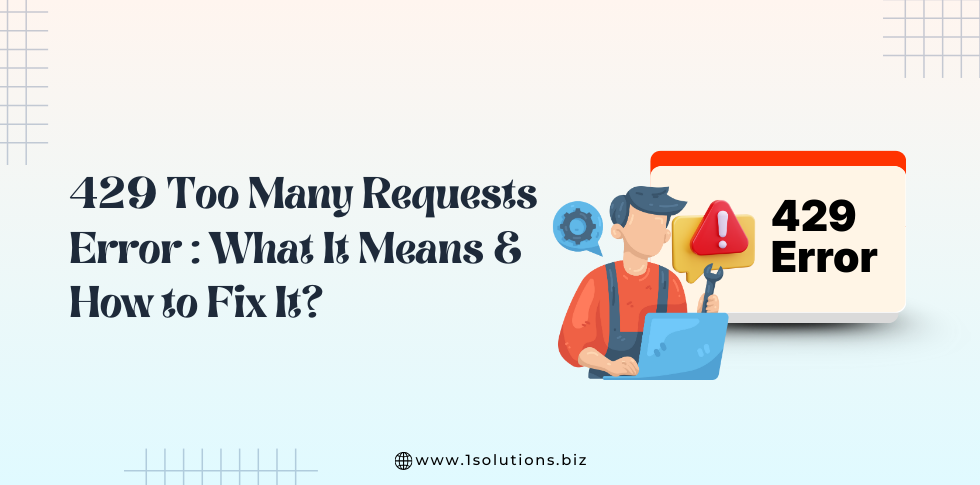
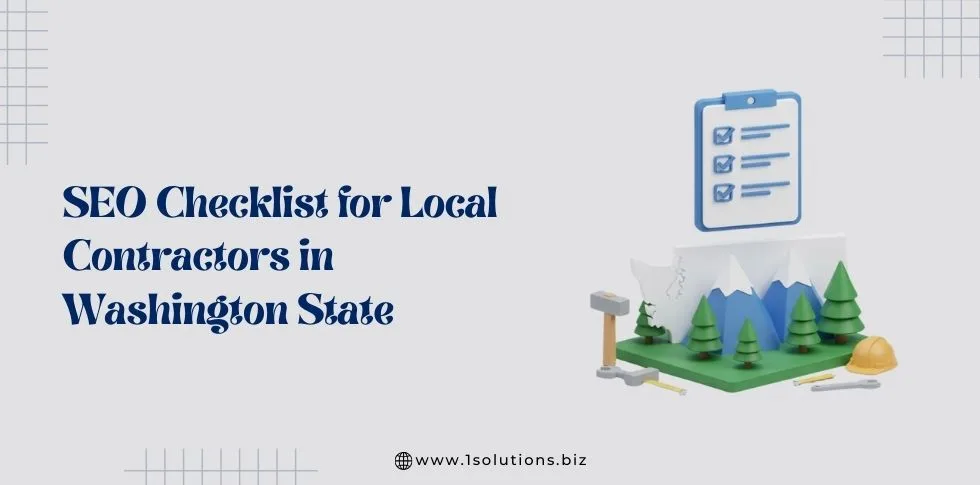
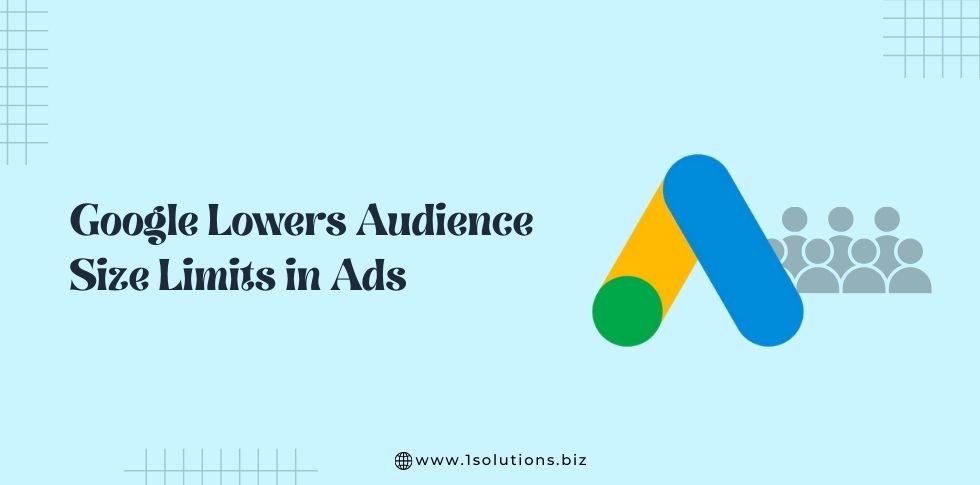

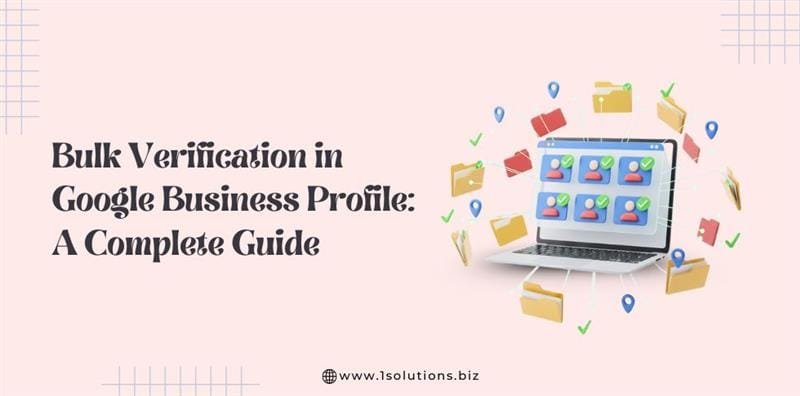
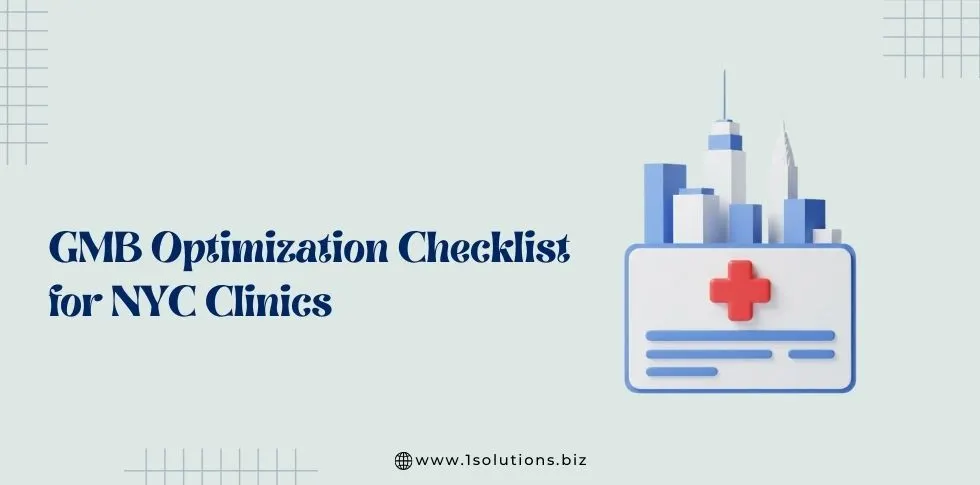

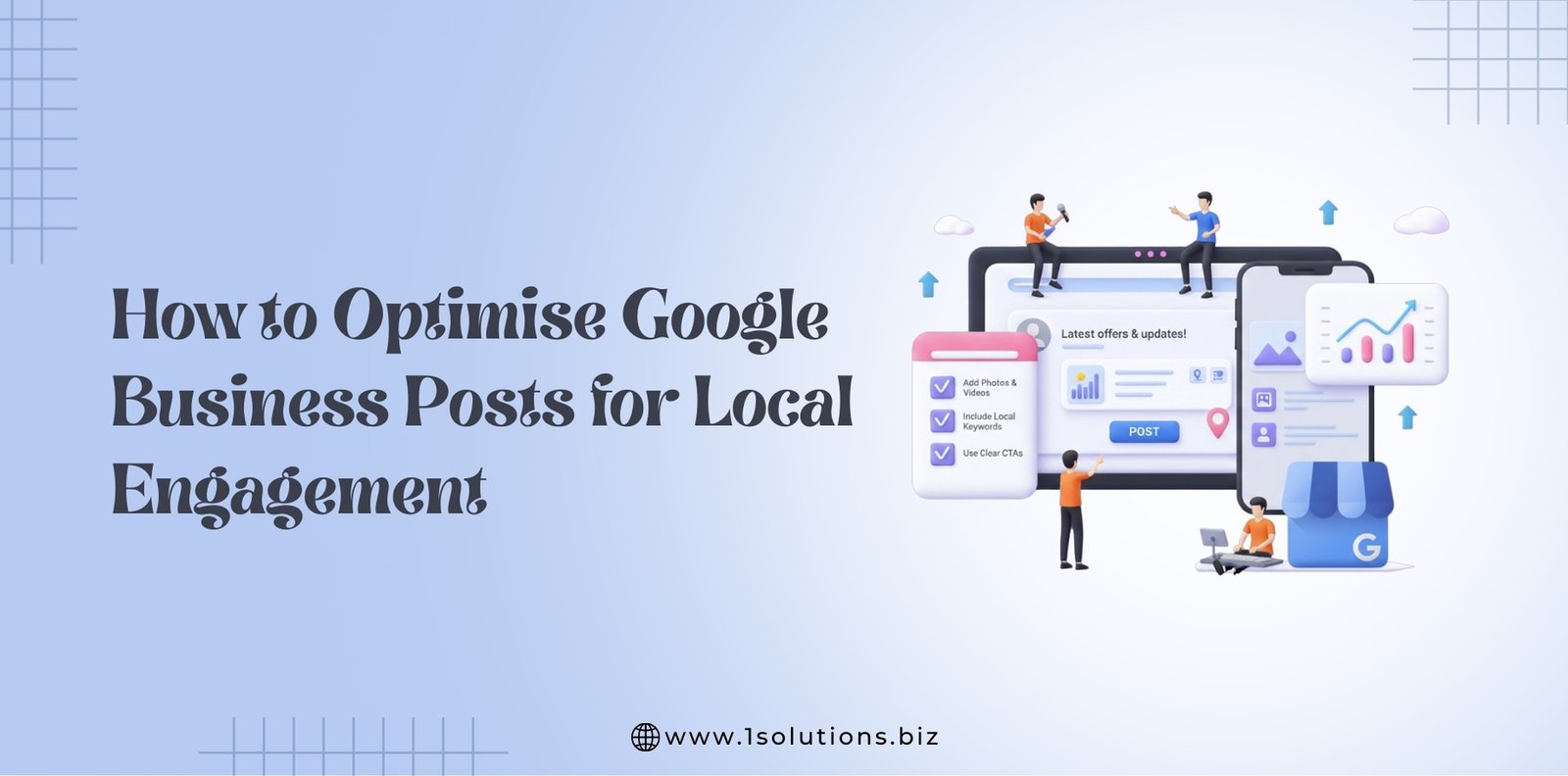




 in India
in India